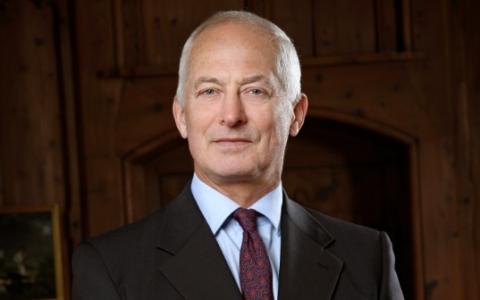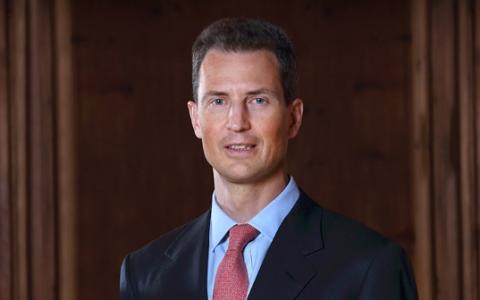

A Brief History of the Princely House of Liechtenstein
The Princely House of Liechtenstein is one of the oldest noble families, the first documentation of their name being mentioned in 1136. The early family estates and the family castle (Liechtenstein Castle) were held in Lower Austria and South Moravia. Although the Princely House fell from the Habsburgs’ favor in 1394 and was forced to renounce their possessions south of the Danube, the family was able to consolidate its properties in Lower Austria over the following decades.
After a period of family divisions from the 13th century to the 16th century, the three brothers Karl, Maximilian, and Gundaker together converted to Catholicism at the turn of the 17th century and initiated a new period in the history of the family. Karl acquired the hereditary rank of Prince in 1608, and his brothers were given the hereditary rank of Imperial Prince in 1623. The three brothers together agreed to a new Family Covenant in 1606 that stipulated that the first born son of the oldest line would have the hereditary title and would represent the House as Regent.
After attaining the rank of Imperial Prince, the House of Liechtenstein strove to acquire territory with imperial immediacy. With Prince Hans-Adam I’s purchase of Schellenberg in 1699 and Vaduz in 1712, Liechtenstein became an Imperial Principality in 1719 by means of an Imperial diploma. However, the residence of the Reigning Prince only moved to Liechtenstein from Vienna in 1938 with Prince Franz Josef II, following the German annexation of Austria.

The Princely Family Today
Following the passing of his father, Prince Hans-Adam II assumed the regency on November 13, 1989. On August 15, 2004, Prince Hans-Adam II entrusted his son, Hereditary Prince Alois as his representative with the exercise of the princely rights both nationally and internationally.
Prince Alois has three siblings, Maximilian, Constantin, and Tatjana, and four children, Joseph Wenzel, Marie Caroline, Georg, and Nikolaus.
Powers of the Reigning Prince
As head of State, the Reigning Prince represents Liechtenstein internationally, and contributes to the national legislative process by his right to initiate Government proposals and to sanction legislation. This gives the Prince great power over enacting or rejecting legislation presented to him.
While the Reigning Prince may only exercise his right to state authority in accordance with the constitution, he is authorized to enact Princely Orders which include emergency decrees and suspensions of Parliament for up to three months. Emergency Princely Orders, however, must be countersigned by the prime minister.
The Prince appoints Government Ministers, the presidents and vice-presidents of the Constitutional Court and the Administrative court, along with the judges of the Courts of Justice, Appeals, and the Supreme Court, all of which on recommendation of the parliament. In addition to these powers, the Prince has the right to pardon, reduce/commute sentences, and to grant amnesty.
Within the Princely House, the Law of the Princely House governs issues involving succession to the throne to adoption, marriage, hereditary line, titles, and discipline. The succession to the throne is based on primogeniture.
Princely Art Collections
The Princely Collections contain European artwork that spans five centuries, and maintains an active purchasing policy to this day. Parts of the collection are regularly shown at the Liechtenstein Museum in Vienna, Austria and the Museum of Contemporary Art in Vaduz, Liechtenstein.
